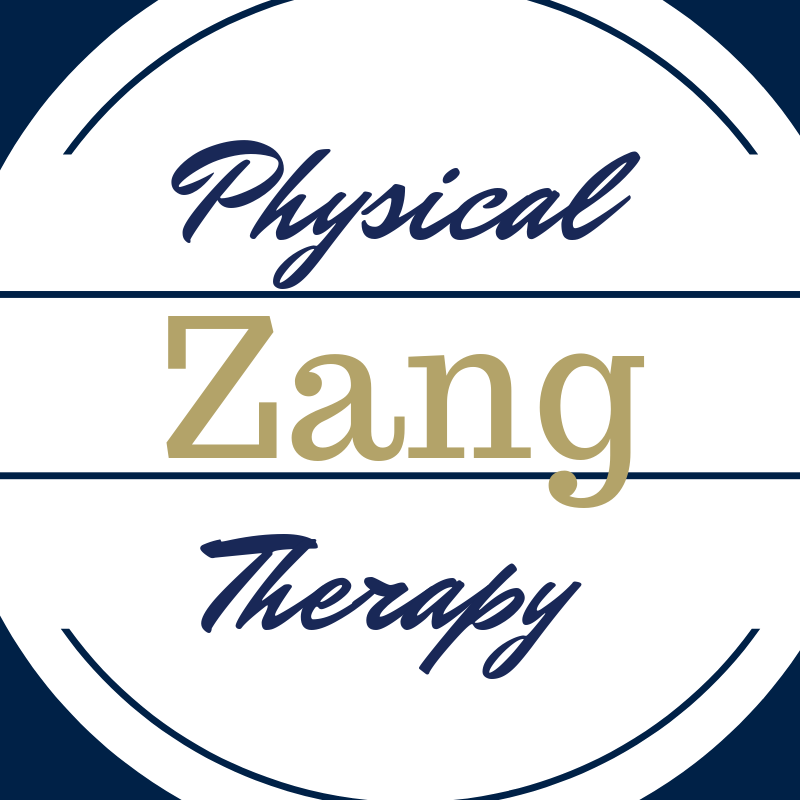Whiplash is a fancy name to describe an injury (most often the neck) due to an accident, collision, or fall. More specifically it relates to the speed of impact. As a result of the event, often the individual sustains an injury to the muscle or soft tissues. These small muscles in the neck do not like speed, recoil or strain.
Whiplash most commonly occurs following a car accident. What happens is on impact, one’s neck continues in the direction one was driving. If you happen to be sitting still at impact, the movement will be in the same direction as the vehicle that hit yours. Very quickly your body senses the abnormal movement (plus the seatbelt or airbag engages) stopping this movement. Then very rapidly, the body snaps back in the other direction. Often this results in the back of your head hitting the head rest. It is this rapid event that may last less than one second that is the whiplash.
Frequently adrenaline from the event kicks in and the individual may not realize their neck hurts until hours later or the next day. Assuming nothing more serious happened, the result of whiplash is often a soft tissue issue. That is not to minimize the event or injury, but we must not be on the search for an elusive structure at fault for the resultant pain. In many cases this is unable to be determined. Medical literature across the board admits structure DOES NOT EQUAL symptom in most cases. This is exactly the same for people with “ordinary” neck pain that is not related to a whiplash event.
What to do? Assuming the person was checked out and deemed fine (an EMT or Doctor would assess this at scene of accident or hospital/office), then light activity is in order. It is well known that whiplash can lead to chronic symptoms. Interesting this chronicity can be just as much psychological as physical. Fear, stress and anxiety (related to the event) can produce chemicals in the body to maintain the pain cycle well beyond normal. However, steps can be taken to minimize this.
Individuals with whiplash (just like those with “ordinary” neck pain) are encouraged to seek early active treatment. Sitting around worrying and hoping for improvement often results in no change or worsening pain. Data indicates a combination of hands-on care plus exercise is beneficial for both patient populations (HERE). Teaching the individual that movement is safe and helpful EARLY is the best way to reduce the negative emotions from impacting recovery. That plus, just talking can be hugely helpful in recovery.
Chronicity with neck pain and whiplash are especially high (See HERE). Do not become part of the chronic stat. Take an active approach and regain life without pain again.
If you have more questions or want tips for how best to treat neck pain or whiplash, read more HERE.
